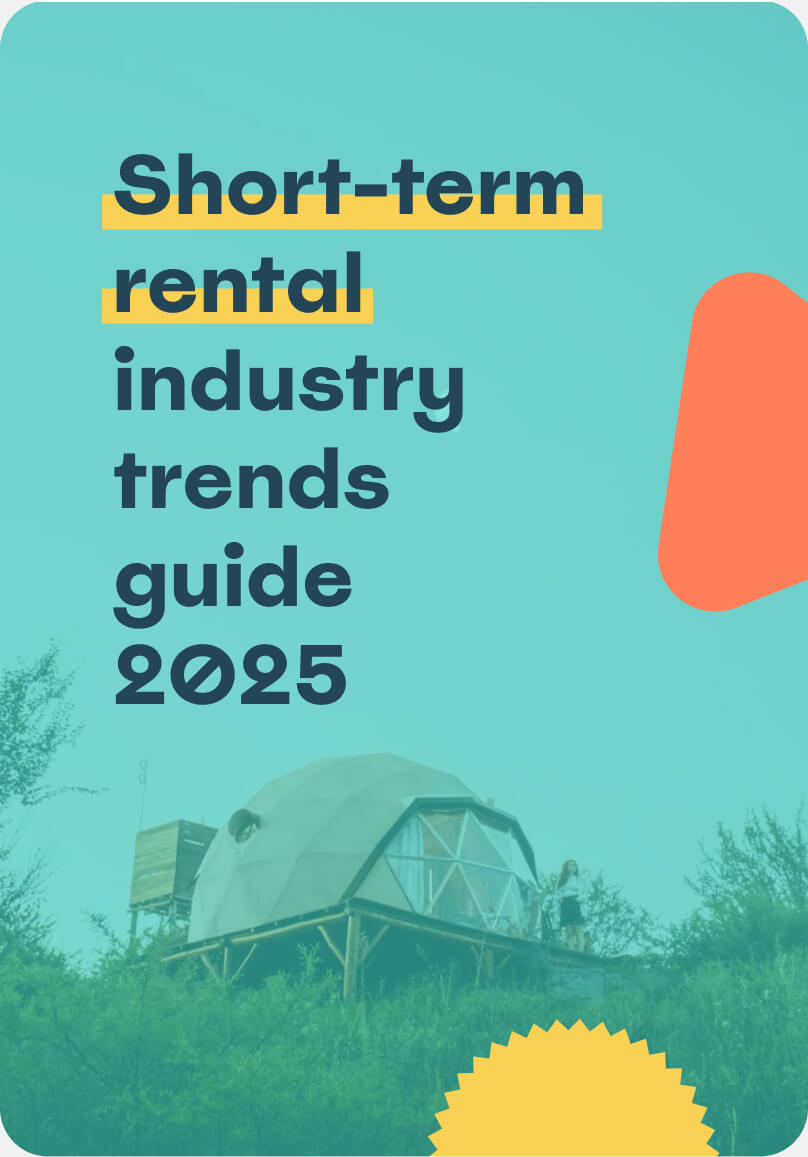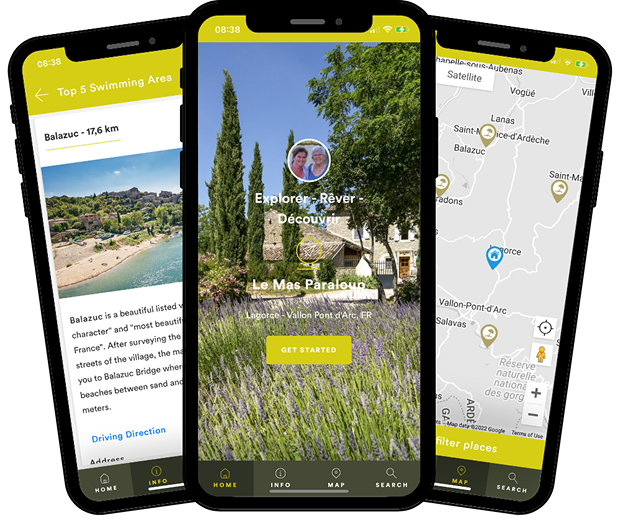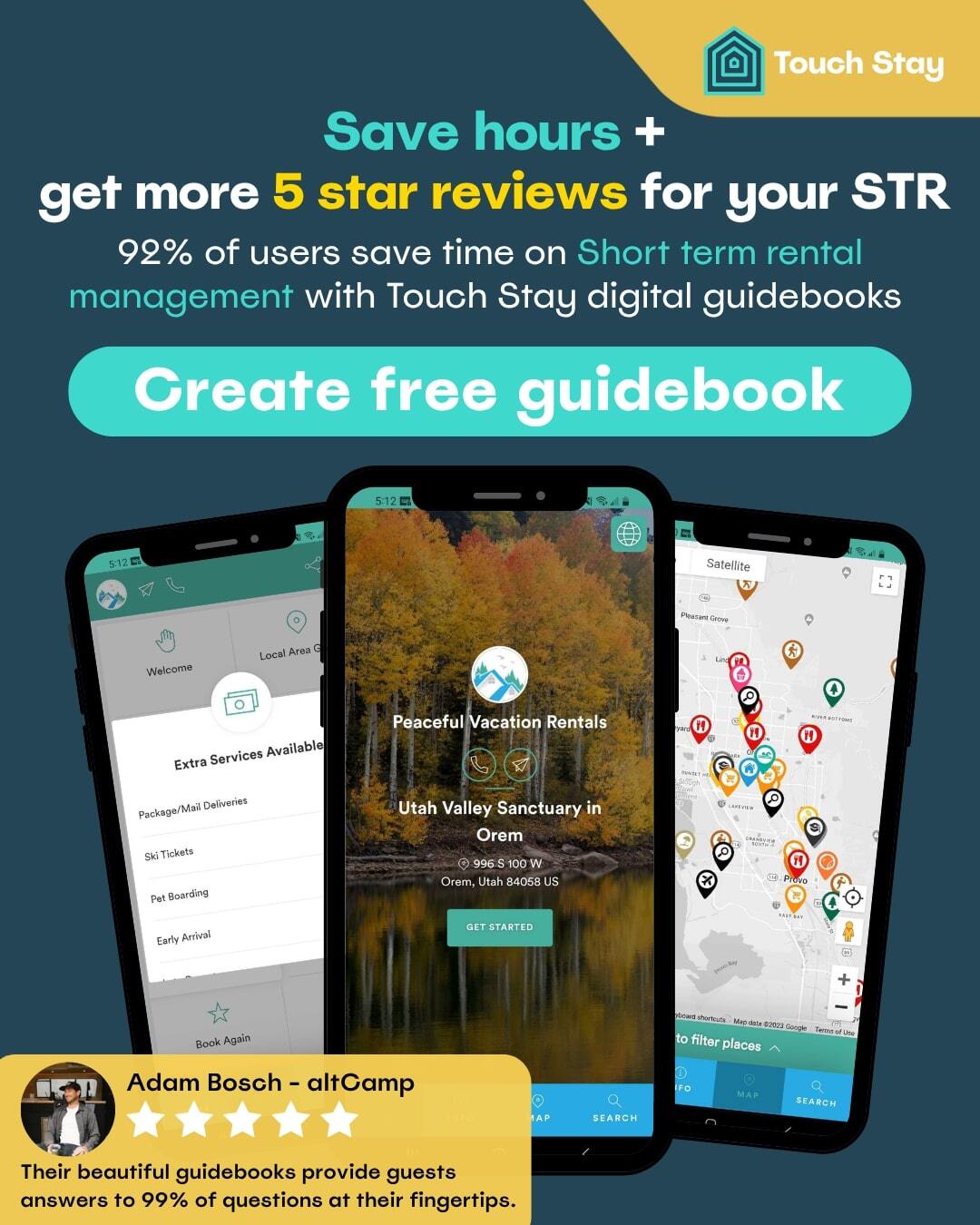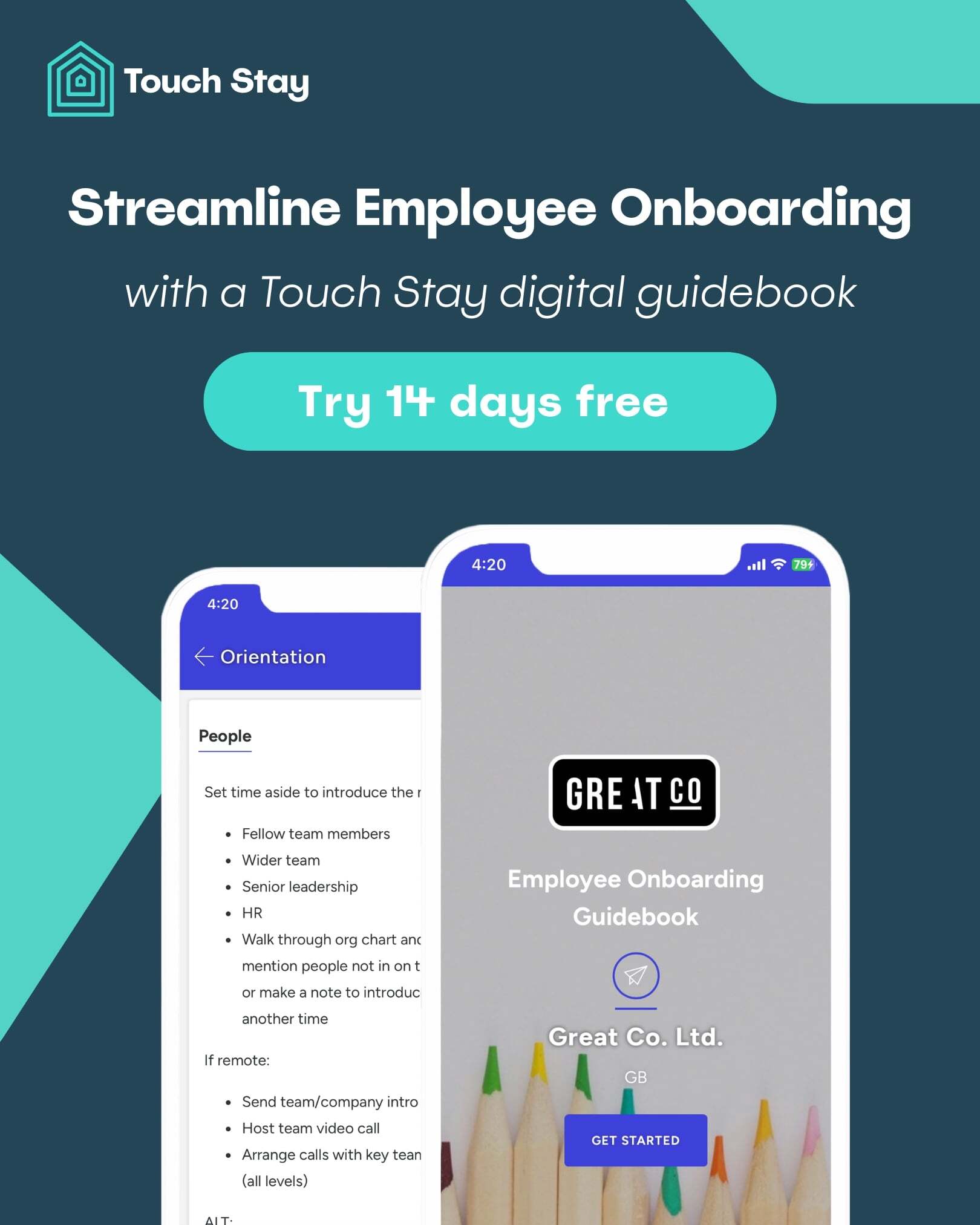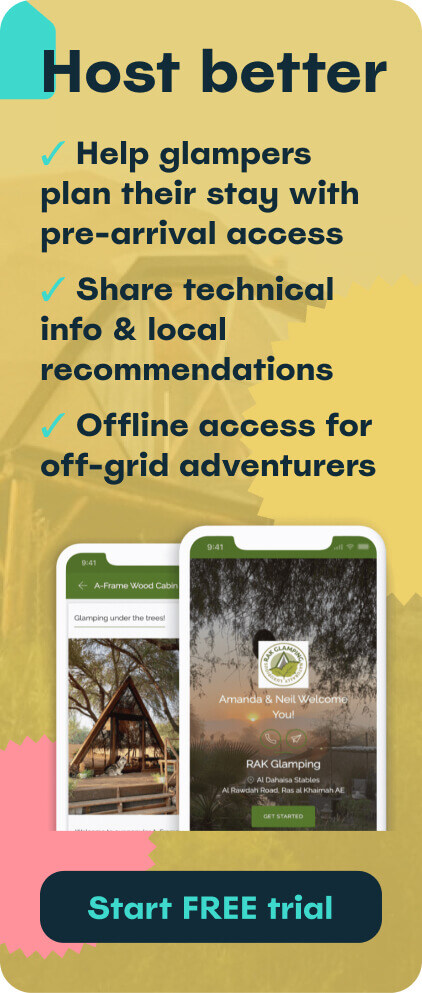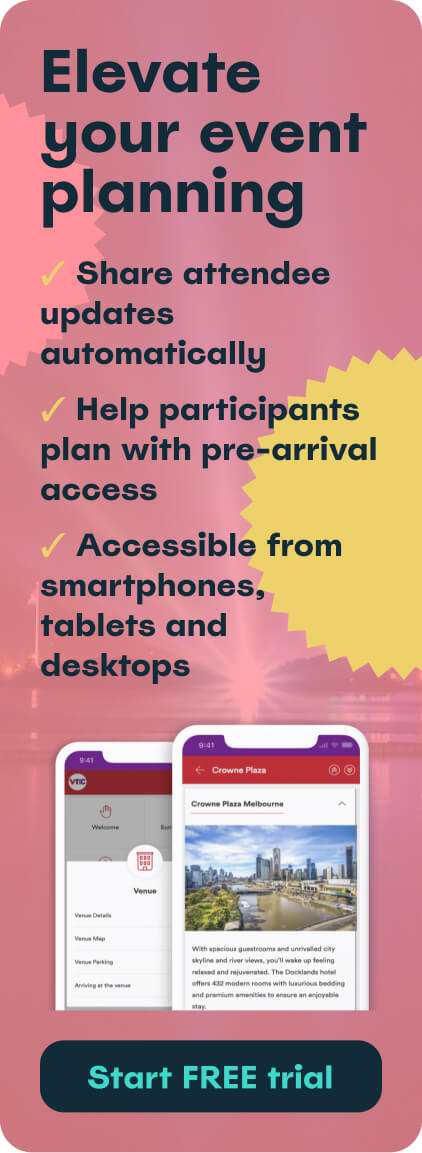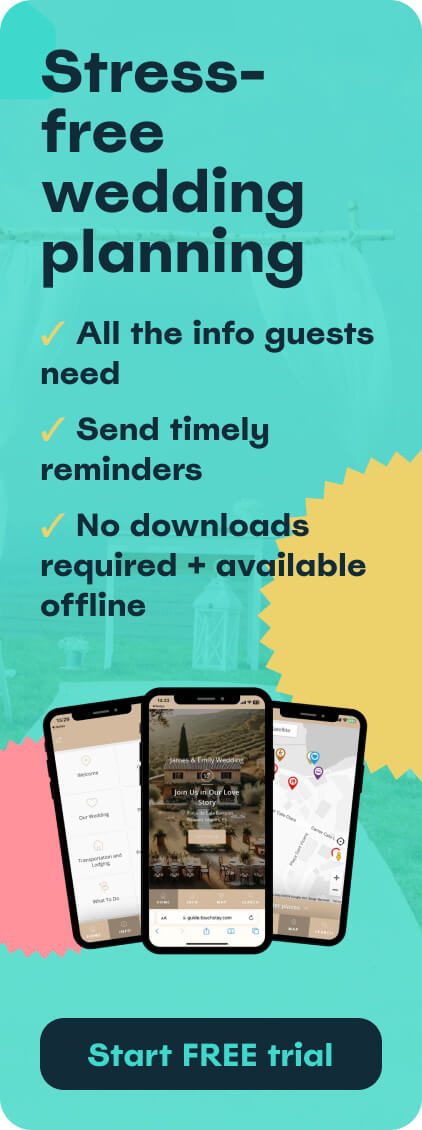Welcome to the ultimate guide to vacation home interior design. Whether you’re a new host or looking to revitalise an existing property, this guide will provide you with the tools and information you need to create a stunning, profitable, and memorable space. We’ll delve into why interior design is so vital for the success of your vacation rental, break down the costs involved, and offer a practical checklist of design and furniture for rental property to help you get started.
- Why is rental interior design important for hosts?
- Pros and cons of designing and furnishing rental properties
- How much does it cost to design and furnish a vacation rental?
- What to keep in mind when designing rental interiors
- How to design the interior of your vacation rental property
- Final tips for vacation rental interior design
Why is rental interior design important for hosts?
In the competitive world of short-term rentals, a well-designed interior is no longer a luxury, it’s a necessity. Your vacation rental design is the first thing potential guests see when browsing online. It’s what captures their imagination, influences their booking decision, and ultimately, dictates the price you can charge. The right design can transform a simple space into a premium experience, setting you apart from the competition and driving higher returns on your investment.
Research from companies like AirDNA consistently shows that professionally designed and thoughtfully furnished properties significantly outperform their more basic counterparts. For instance, studies indicate that properties with a strong vacation rental interior design can see an increase in revenue of up to 40%. A well-considered interior can also boost your return on investment by as much as 20%.
Beyond the numbers, the right furniture for rental property has a tangible impact on the guest experience. A comfortable, stylish, and inviting space leads to more five-star reviews, which in turn boosts your property's visibility on booking platforms. It encourages word-of-mouth recommendations and fosters guest loyalty, ensuring repeat bookings.
Pros and cons of designing and furnishing rental properties
Embarking on a vacation rental design project offers a host of benefits, but it’s also important to be aware of the potential downsides. Understanding both sides of the coin will help you plan effectively and make informed decisions.
Pros:
- More guests: An aesthetically pleasing and comfortable space attracts a wider pool of potential guests. High-quality photos of a beautifully designed interior are essential for online listings, drawing in more clicks and bookings compared to properties with outdated or generic décor.
- Higher rental rates: A superior vacation home interior design allows you to justify a higher nightly rate. Guests are often willing to pay a premium for a unique, stylish, and comfortable experience.
- Better reviews: When guests feel truly at home and impressed by their surroundings, they are more likely to leave glowing reviews. Positive feedback about the interior design, comfort, and thoughtful touches will boost your property's reputation and attract even more bookings.
Pro tip: check out our professional guide to Airbnb photos
Cons:
- High upfront investment: Furnishing a property from scratch requires a significant initial outlay. Depending on the size of your rental and the quality of items you choose, costs can quickly add up.
- Potential damage to new furniture: The reality of a high turnover of guests is that furniture will inevitably face wear and tear. Accidents happen, and items may get broken or stained.
- Maintenance challenges: A rental property requires ongoing maintenance. This includes not only the furniture itself but also décor and soft furnishings. You will need to establish a system for regular inspections, cleaning and replacing items to ensure the property always looks its best.
How much does it cost to design and furnish a vacation rental?
One of the most common questions for new hosts is about the cost of furnishing a vacation rental. The total price can vary dramatically based on the property’s size, your target market, and the quality of the items you choose. As a general guide, a small, basic property could be furnished for as little as £3,000, while a larger, high-end home could cost upwards of £50,000.
Here is a general cost breakdown based on the size of the property and the desired interior level.
- One-bedroom property:
- Basic: £3,000 - £6,000
- Mid-range: £6,000 - £12,000
- Premium: £12,000+
- Two-bedroom property:
- Basic: £5,000 - £10,000
- Mid-range: £10,000 - £20,000
- Premium: £20,000+
- Three-bedroom property:
- Basic: £8,000 - £15,000
- Mid-range: £15,000 - £30,000
- Premium: £30,000+
Additionally, here is an approximate room-by-room breakdown for a mid-range interior:
- Master bedroom: £2,000 - £5,000 (including a quality bed, mattress and furnishings)
- Guest bedroom: £1,500 - £3,000
- Living room: £2,500 - £7,000
- Dining room: £1,500 - £4,000
- Kitchen: £3,000 - £10,000 (for appliances, dishes and cookware)
- Bathroom: £200 - £1,000+ (for towels, accessories and storage)
- Outdoor space: £1,000 - £5,000+
Remember, these are just estimates. The key is to create a detailed budget and stick to it, prioritising durable and practical furniture for rental property while still making the space visually appealing.
Pro tip: discover the Airbnb essentials: must-haves for a successful rental
What to keep in mind when designing rental interiors
a) Try to stand out from your competitors
Your vacation rental design should be memorable. While it’s good to look at what competitors are doing, the goal is not to copy them but to exceed them. Identify what makes your property special, whether it’s a stunning view, unique architectural features, or a prime location, and let your design choices highlight these aspects.
- Avoid generic décor: Move away from mass-produced, uninspired furniture and art. Invest in pieces that have character and reflect your property’s unique story.
- Create a signature feature: Consider adding a "wow" factor, such as a feature wall, a cosy reading nook, or a beautifully styled outdoor area. Something that guests will want to photograph and share online.
- Use local elements: Incorporate local art, crafts, or textiles to give your property a sense of place. This helps guests feel more connected to the destination.
b) Keep your target market in mind
Before you buy a single piece of furniture, you must define your ideal guest. Are you targeting families, couples on a romantic getaway, business travellers, or groups of friends? Your vacation home interior design should cater to their specific needs and preferences.
- For families: Prioritise durable, easy-to-clean furniture. Include features like a high chair, stair gates and child-friendly tableware.
- For couples: Focus on creating an intimate and romantic atmosphere. Think about a king-size bed, soft lighting and luxurious textiles.
- For business travellers: Ensure there’s a dedicated workspace with a comfortable chair, good lighting, and reliable, high-speed Wi-Fi.
c) Design the interior based on the location of the property
The location of your property should be a major source of inspiration for your vacation rental design. A beach house, a city apartment and a country cottage all have distinct personalities, and your interior should reflect that.
- Coastal properties: Opt for a light, airy colour palette with natural materials like rattan, light wood and linen.
- Urban properties: Embrace a sleek, modern aesthetic with clean lines and minimalist furniture.
- Rural cottages: Lean into a rustic, cosy feel with warm colours, plush fabrics and a log burner or fireplace.
d) Make your interior design budget-friendly
You don’t need to spend a fortune to create a beautiful space. There are many ways to achieve a high-end look on a modest budget.
- Mix high and low-end items: Invest in key pieces like a comfortable mattress or a durable sofa and save money on decorative items or side tables.
- Look for second-hand gems: Upcycling or finding quality second-hand furniture can give your property a unique, stylish flair at a fraction of the cost.
- DIY projects: Simple DIY projects, such as repainting a dresser or creating your own artwork, can add a personal touch and help save money.
How to design the interior of your vacation rental property
1. Figure out how many people you can host
The number of guests you can accommodate will influence your furniture choices. A sofa bed in the living room or bunk beds in a second bedroom can significantly increase your capacity, appealing to larger groups or families.
2. Make your rental property baby-proof
If you plan to attract families with young children, baby-proofing is a must. This includes using furniture with rounded edges, securing loose wires, and installing stair gates. Providing a travel cot and a high chair can be a huge selling point for parents.
3. Don’t forget about pet-friendliness
Becoming pet-friendly can be a great way to attract more guests and increase your rental income. If you decide to allow pets, choose durable, washable furniture and flooring. Provide pet-friendly amenities like a dog bed, food and water bowls, and a welcome treat.
4. Keep it simple yet practical
While you want to make a statement, over-the-top vacation home interior design can alienate some guests. A neutral, clean palette with pops of colour and unique art is often the safest bet. This approach appeals to a broader audience while still feeling stylish and well-designed.
5. Pay attention to the color scheme and overall theme
A cohesive colour scheme and theme ties the entire property together. Use a consistent palette throughout the home to create a sense of harmony. Don’t be afraid to use a bold colour on a feature wall or with accessories to create visual interest.
6. Use functional and durable furniture
Furniture for rental property should be built to last. Opt for sturdy frames, commercial-grade fabrics, and materials that are easy to clean. Investing in higher-quality items now will save you money and headaches in the long run.
7. Add a little bit of art
Art is a brilliant way to add personality to your space. You don’t need to buy expensive pieces; local artists, prints, or even your own photography can work wonders. The goal is to make the space feel curated and not like a faceless hotel room.
8. Include plenty of pillows and blankets
Adding pillows and blankets to your living room and bedrooms is a simple, budget-friendly way to make a space feel more comfortable and inviting. They also add texture, colour and warmth, creating a cosy atmosphere.
9. Don’t forget about cosy lighting
Lighting is a key element of vacation rental design. Layering different types of lighting—ambient, task, and accent—can create a welcoming atmosphere. Avoid harsh overhead lighting and use lamps to create a softer, more intimate feel.
10. Add plants both inside and outside
Plants bring life into a space. They can purify the air, add a touch of nature, and make a room feel fresher. Low-maintenance plants like succulents or snake plants are ideal for a rental property.
11. Use washable rugs throughout the home
Rugs can add texture and colour to a room, but they can also be a pain to clean. Consider using washable rugs, especially in high-traffic areas, to make maintenance easier and more efficient.
12. Include seasonal decorations for holidays
Small, seasonal touches can make a huge difference in the guest experience. For example, a festive wreath at Christmas or some autumnal decorations in autumn can make guests feel special and get them in the holiday spirit.
13. Ensure easy and low-maintenance landscaping
The exterior of your property is just as important as the interior. Make sure your garden or outdoor space is clean, tidy, and easy for you or a gardener to maintain. A well-kept outdoor area with comfortable seating can be a huge selling point.
14. Invest in smart home tech and security features
Smart home features like a smart thermostat, keyless entry, or a smart TV can enhance the guest experience. Security features like a video doorbell or a smart lock can also provide peace of mind for both you and your guests.
15. Create professional photos, videos and guidebooks
Once your vacation rental design is complete, you need to show it off! Hire a professional photographer to take high-quality photos. Consider a video tour to showcase the flow and feel of the space.
Pro tip: discover how to wow your guests before they arrive: unlocking the magic of Matterport 3D Tours
Finally, create a comprehensive digital guidebook for your guests. A well-designed guidebook not only provides essential information about the property and local area, but also reinforces the professional and thoughtful experience you’ve created. It helps reduce guest questions and elevates their stay, freeing you up to focus on other aspects of your business.
To learn more and start your journey towards creating a five-star guest experience, begin your Touch Stay free trial today.
Final tips for vacation rental interior design
Increase the rental rate after upgrades
Once you’ve invested in your vacation home interior design, don’t be afraid to adjust your pricing. Your new, improved property is worth more, and guests will be willing to pay for the enhanced experience. Monitor your local market to ensure your prices remain competitive yet reflective of the high quality of your rental.
Ask for a higher security deposit
A higher security deposit can provide peace of mind when you have valuable furniture and decor in your rental. It helps to cover any potential damages and encourages guests to be more mindful of their surroundings.
Perform regular inspections
Regularly inspect your property to ensure everything is in good condition. Check for any signs of wear and tear, and address them promptly. This proactive approach ensures your rental always looks fresh and inviting.
Run background checks on guests (when possible or allowed)
Depending on your local laws and booking platform policies, running background checks on guests can be an extra layer of security. This can help to mitigate the risk of damage to your furniture for rental property and ensure the safety of your neighbours and community.
A thoughtfully designed space is the foundation of a successful vacation rental. From the moment a guest sees your listing to the moment they check out, your vacation rental design plays a crucial role. By combining beautiful aesthetics with practical, durable choices, you can create a property that not only looks fantastic but also earns you more revenue.
Ready to take your hosting to the next level?

Ned
Ned has clocked up over 11 years in digital marketing and comms, with a strong focus on creating engaging content for a range of brands and agencies. When he’s not writing, he can be found digging for records, peering through his telescope at the night sky, or onboard his local lifeboat where he volunteers as a crewmember.
Be the first to know!
Join our newsletter for early access to:
- ✅ Free guides
- ✅ Pro tips & tricks
- ✅ Time saving tutorials
- ✅ Latest blog posts
- ✅ Checklists & templates
